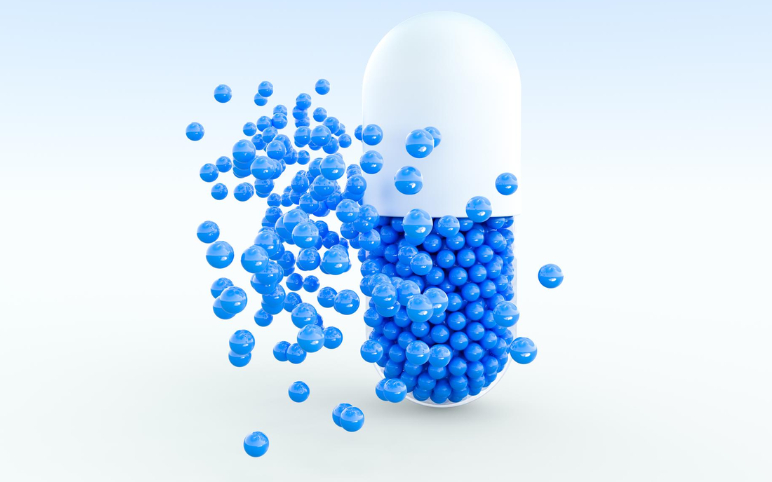The aim is to recognize early warning biomarkers, which could help guide healthcare providers through future treatments and potentially predict whether an individual’s case may turn severe or not.
Verily, Google’s life-science-focused sibling company and Janssen will also seek to tap into the data generated by people during their everyday lives to seek for any previous health-related signals in the two years leading up to the point they consented to participate in the study as well as in the two years after.
Enhancing the response to immuno-oncology in pancreatic cancer
Immune-stimulating antibodies, which target the receptor CD40, are emerging as promising therapies for pancreatic cancer. However, they have only shrunk tumors in about half of patients who took them, along with chemotherapy, in the clinical trials.
Researchers from the University of Pennsylvania’s Abramson Cancer Center contemplate they have discovered one key to the lack of response, and it may be targetable with different drug combinations, as per their announcement.
The scientists analyzed samples from patients with the most common pancreatic cancer, pancreatic ductal adenocarcinoma (PDAC). They found that those with raised systemic inflammation levels in their blood before they were treated with a CD40 agonist and the chemo drug gemcitabine had appalling survival results. They reported their observations in the journal JCI Insight.
The Penn team examined blood samples from 22 PDAC patients before and after being treated with the chemo-immunotherapy combination. Before they were treated, some patients had high inflammation levels, visible from markers as neutrophils and inflammatory cytokines like IL-6 and IL-8. Median overall survival in those patients was 5.8 months, whereas patients without inflammation before treatment survived on average 12.3 months.
Avrobio gene therapy eradicates toxic substrate in Fabry patient
The first Fabry disease patient treated with Avrobio’s Plato gene therapy platform in a phase 2 trial has undergone the complete clearance of toxic kidney substrate.
Avrobio designed the Plato platform to optimize vector copy numbers, personalize the conditioning regimen, aid automated manufacturing and otherwise promote and industrialize its lentiviral vector-based approach to treating genetic diseases. Late in 2019, a Fabry patient in phase 2 clinical trial of ex vivo lentiviral gene therapy AVR-RD-01 became the first patient dosed using Plato.
Avrobio shared details of the efficacy of Plato after having tracked the patient for 12 months. The patient experienced a 100% reduction in Gb3 inclusions at 12 months. At baseline, the patient averaged four Gb3 inclusions per peritubular capillary. One year later, the figure had decreased to zero. The results were generated by two blinded pathologists who independently evaluated 99 kidney biopsy images.
Multiple Sclerosis study holds the gut microbiome for the disorder source
A new study showed that the inflammatory molecules found in the brain are not responsible for Multiple Sclerosis.
Two types of interleukin-17 (IL-17) molecules generated explicitly in the gut regulate its microbiome and seem to be critical drivers of Multiple Sclerosis, a research team led by the Johannes Gutenberg-University Mainz in Germany has reported.
The observations published in Science Immunology could inform the development of therapies that target IL-17 signaling for chronic inflammatory diseases as per the researchers.
CD4+ T helper cells that produce IL-17A and IL-17F (TH17 cells) are indicated in the Multiple Sclerosis development. However, scientists have long debated whether the T cells, specifically their inflammatory functions in the CNS, or the two cytokines driving the disease.
A widely used mouse model of Multiple Sclerosis uses the myelin sheath around nerve cells to stimulate CNS inflammation similar to that seen in Multiple Sclerosis patients‘ brain and spinal cord. For the study, the researchers immunized mice lacking the expression of IL-17A and IL-17F with the myelin pieces and found that many animals did not develop Multiple Sclerosis symptoms. Moreover, those that did become ill showed relatively mild disease, from which they recovered quickly.



